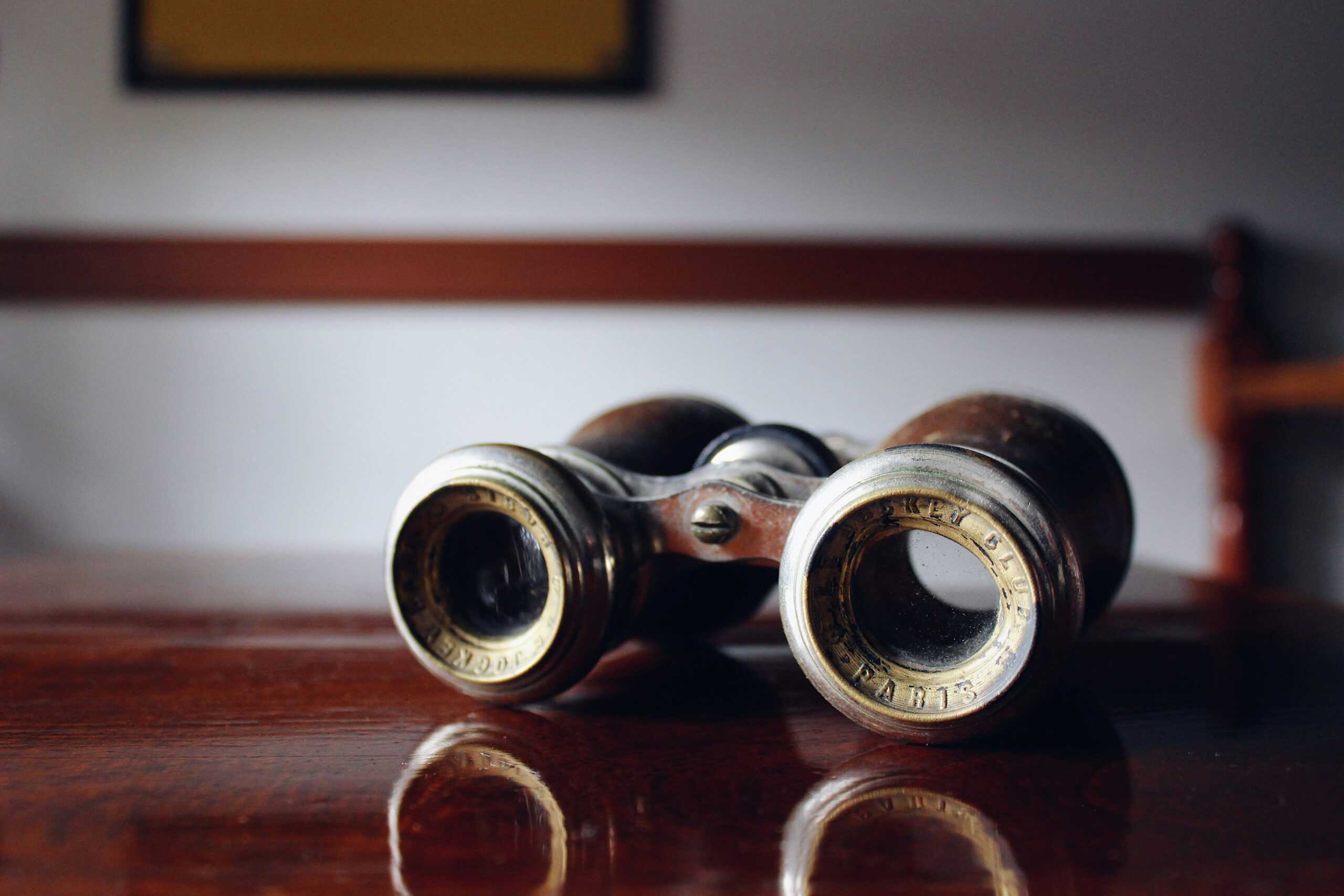Have you ever wondered if binoculars come with a case when you’re considering your purchase? It’s a common question, especially for those new to using binoculars or looking to upgrade their current equipment. Knowing what accessories accompany your binoculars can significantly influence your decision-making process, and understanding their uses can enhance your outdoor experiences. In this article, you will find everything you need to know about whether binoculars come with a case, the different types of cases available, and how to choose the right one for your needs.

Do Binoculars Generally Come With A Case?
Purchasing binoculars can be an investment in your outdoor adventures, whether you are bird watching, attending concerts, or exploring nature. It’s essential not only to choose the right binoculars but also to consider how you’ll protect them. So, do binoculars typically come with a case? The answer is yes, in most cases, they do.
Standard Inclusions
Many binoculars on the market come with a basic carrying case as part of the package when sold. Manufacturers understand that a case is vital for protecting the optical quality and physical condition of the binoculars during transport and storage. This not only makes it convenient for you but also assures the longevity of your investment.
Quality Considerations
While most standard cases provide basic protection, the materials and build quality can vary. Some cases are made from soft materials, offering minimal protection, while others are crafted from robust, padded materials designed to safeguard your binoculars against more severe impacts.
Why A Case Is Crucial
You might wonder why a case is such an important accessory for binoculars. Let’s look at some reasons why owning a case is essential.
Protection From Physical Damage
A good case acts as a shield against physical damage. Whether you are hiking, traveling, or simply storing your binoculars, a case can protect against knocks, drops, and scratches, helping to maintain the device’s aesthetic and functional integrity.
Environmental Protection
Binoculars can be sensitive to environmental elements like dust, moisture, and temperature changes. A case can provide a barrier against these factors, ensuring your binoculars remain clean and dry.
Convenience in Transport
A case makes it easier to carry your binoculars while on the move, often featuring straps or handles. This convenience enhances the portability of your equipment, allowing you to focus more on your adventure and less on worrying about handling your gear.
Types of Binocular Cases
When you purchase binoculars, the case that comes with it can vary significantly in terms of style, materials, and functionality. Here are some common types you might encounter:
Soft Cases
Soft cases are typically made from materials like nylon or polyester and are often padded to provide some degree of protection. They are lightweight and easy to carry, making them suitable for casual users who need basic protection.
Hard Cases
Hard cases are constructed from rigid materials such as plastic or aluminum, providing superior defense against impacts and pressure. These cases are favored by those who travel extensively or engage in activities where the binoculars might be exposed to rough handling.
Comparison Table: Soft vs Hard Cases
| Feature | Soft Cases | Hard Cases |
|---|---|---|
| Material | Nylon or Polyester | Plastic or Aluminum |
| Protection Level | Basic protection | High-level protection |
| Weight | Lightweight | Generally heavier |
| Price | Usually less expensive | Often more costly |
| Best For | Casual use, quick trips | Travel, rugged environments |
Waterproof Cases
For those who frequently find themselves braving the elements, waterproof cases are invaluable. These are specially designed to keep moisture out, safeguarding your binoculars from rain, splashes, or even brief submersions in water.
Custom-Fitted Cases
Some high-end binoculars come with custom-fitted cases designed specifically for the model. These offer a snug fit and often include compartments for additional accessories, ensuring all components are kept safe and organized.
Choosing the Right Case
Selecting the right case involves considering several factors that relate to your specific needs and the conditions in which you will be using the binoculars. Here’s a closer look:
Usage and Environment
Think about where and how often you will use your binoculars. If you’re an occasional user primarily exploring local areas, a soft case may be sufficient. However, if you plan to take your binoculars on international trips or into challenging environments, a hard or waterproof case might be a sound investment.
Budget Considerations
Prices can vary widely depending on the type of case. Setting a budget will help you navigate your choices and find a case that offers the best value for your needs. Remember, the cost of a case reflects what you’re willing to pay for the protection of your equipment.
Additional Features
Consider what additional features might be beneficial for you. Some cases offer extra pockets for accessories, locking mechanisms for added security, or comfortable carrying options such as adjustable straps. These can enhance the functionality and convenience of your case.

Caring for Your Binoculars and Case
To ensure longevity, it’s important to take care of both your binoculars and their case. Here are some tips to guide you:
Regular Maintenance
Keep both the binoculars and the case clean and free from debris. Use a soft, slightly damp cloth to wipe down the exterior of both items. For any lenses, use a microfiber cloth to prevent scratching them.
Storage Tips
When not in use, store your binoculars in their case, keeping them in a cool, dry place. Avoid exposing the case to direct sunlight for extended periods, as this can cause fading and damage to both the case and your equipment.
Handling with Care
Always handle your binoculars gently, using the case when transporting them. Avoid placing heavy objects on top of the case as this can cause damage, especially to soft cases.
Summary: The Importance of a Binocular Case
In conclusion, most binoculars do indeed come with a case, which serves to protect and enhance the utility of the equipment. A case is an essential accessory, safeguarding against physical, environmental, and potential operational damages. Selecting the right type of case based on your activities and personal preferences is key to maintaining the quality and durability of your binoculars.
Whether you’re a seasoned explorer or a casual nature enthusiast, ensuring that your binoculars come with adequate protection empowers you to enjoy your adventures more confidently. So next time you are contemplating a purchase, give as much thought to the case as you do to the binoculars themselves, knowing that this seemingly simple accessory can make a significant difference in how well you enjoy and preserve your optical investment.

